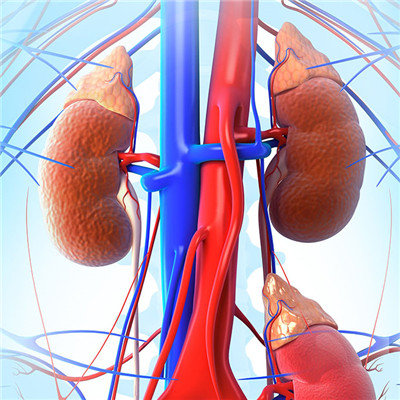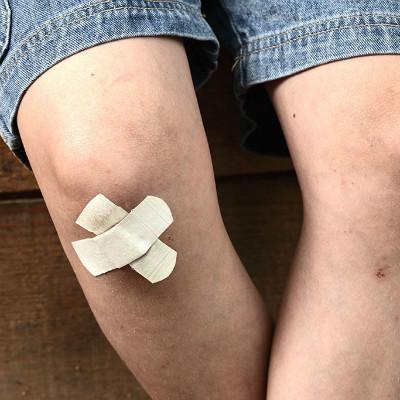Is invasive hydatidiform mole contagious?
summary
Invasive hydatidiform mole is a kind of malignant trophoblastic tumor. It often occurs within six months after the abortion of benign hydatidiform mole. It is generally manifested as irregular vaginal bleeding, uterine enlargement and other clinical manifestations. Invasive hydatidiform mole refers to the invasion of hydatidiform mole tissue into the uterine muscle layer or transferred to tissues outside the uterus. Is invasive hydatidiform mole contagious? Now let me tell you something.
Is invasive hydatidiform mole contagious?
Choriocarcinoma is often seen in abortion, childbirth, ectopic pregnancy after symptoms or metastases, and elevated hCG, hydatidiform mole more than one year after the onset, can be diagnosed as choriocarcinoma; Invasive hydatidiform mole and choriocarcinoma may occur within six months to one year, which should be differentiated by histological examination. Invasive hydatidiform mole is common in patients with benign hydatidiform mole within half a year. Pathological examination is necessary for the diagnosis of both.

The general diagnosis is hydatidiform mole, then it is necessary to improve the relevant examination for hydatidiform mole curettage. If the diagnosis is invasive hydatidiform mole, then it needs symptomatic treatment, such as bleeding, then it needs emergency hemostatic treatment, embolization intervention and other hemostatic programs. But we need to control a certain amount of fluid to avoid tissue edema. If brain metastasis occurs, surgery may also be needed.

Invasive hydatidiform mole is not infectious. Generally, invasive hydatidiform mole is mainly treated with chemotherapy. During chemotherapy, blood routine, liver and kidney functions need to be dynamically monitored. The most important thing is the change of human chorionic gonadotropin. Continuous chemotherapy is needed until the value of human chorionic gonadotropin returns to normal. It is usually monitored once a week, after three times of normal consolidation treatment for 2-3 courses, there are also some lesions in the uterus without extrauterine metastasis or multiple chemotherapy is ineffective, so it is to take surgical treatment.

matters needing attention
It is very important to pay a follow-up visit to hydatidiform mole, invasive hydatidiform mole and other diseases. It is generally recommended to follow up for at least 2 years, general gynecological examination, chest X-ray examination, blood HCG detection. And it is recommended that strict contraception for 2 years, contraception is best to take contraceptive tools, such as penile condom, not ring or oral contraceptives. General follow-up of 5 years, no recurrence can be cured.













